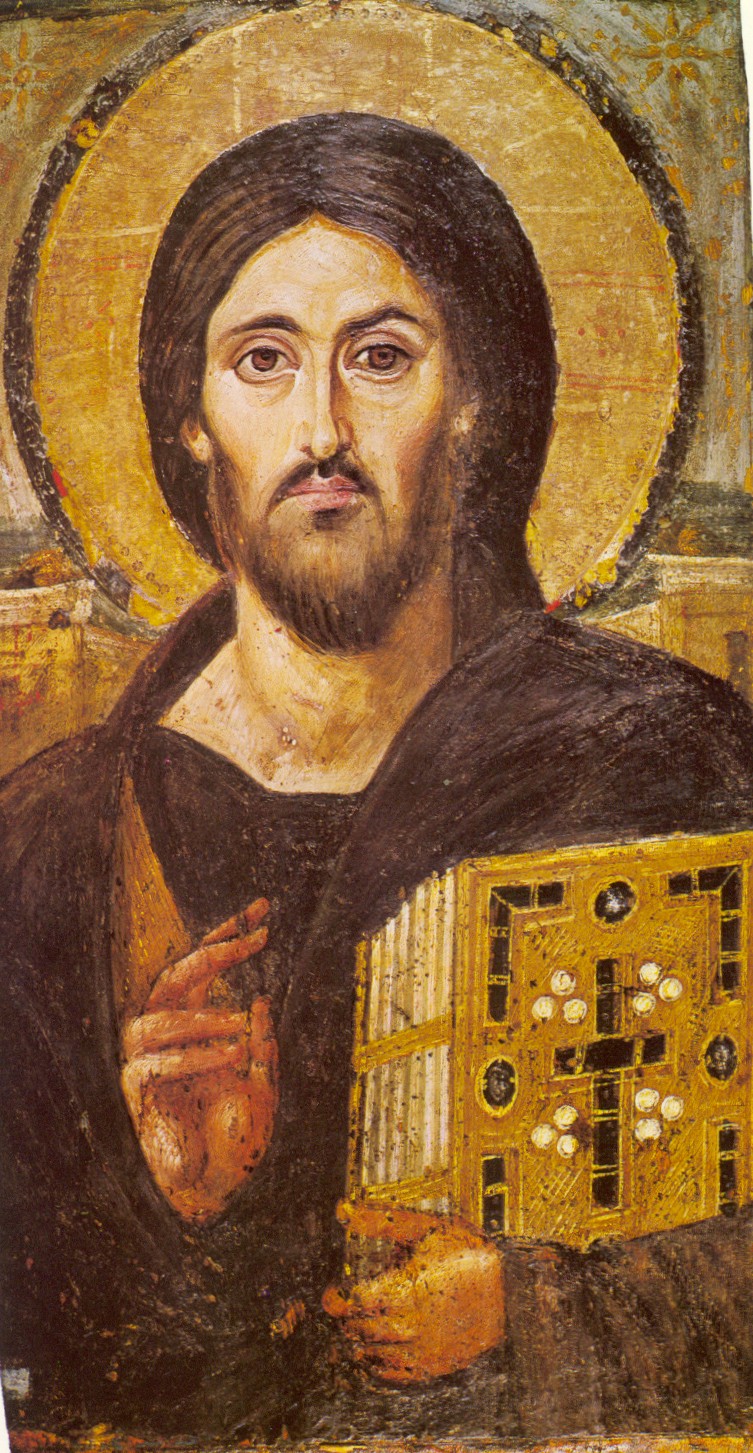What Is Serenity and How Can We Grow in It?

During Lent, a gift to seek is greater serenity. The word comes from the Latin serenus, meaning clear or unclouded (skies). By extension it thus means calm, without storm.
Serenity has become more used in modern times with the advent of many 12-Step programs, which use the Serenity Prayer as an important help to their work.
Perhaps the closest Greek word to serenity is ãáëÞíç (galene=calm) and it is used most specifically to describe the incident when Jesus stood in the boat and rebuked the storm, bringing about a great calm, a serenity (cf Matt 8:26). In this sense we can see how true serenity must come as a gift from God. For the storms of life can overwhelm and overpower us. So we need to seek serenity from God and receive it from Him.
My own personal experience with serenity is that it is a calm, confident, peaceful joy; a feeling that everything is all right, that everything is in God’s hands. It is a feeling that I know what is mine to do and what belongs to God.
I would like to examine four sayings that are related to serenity. I’m not exactly sure where I first got them, but I recently discovered them in a collection of old clippings I have from years ago. These sayings describe serenity itself (often without using the word) as well as its sources. Let’s look at them one by one (with a little commentary by yours truly). The sayings take the form of the stories of the desert Fathers but I am quite sure that they are actually modern reflections put into the older form.
1. The disciples ask the master, “Are there ways for gauging one’s spiritual strength?” “Many,” said the master. “Give us one,” beseeched the disciples. And the master responded, “Find out how often you become disturbed in the course of a single day.”
The normal Christian life is to be increasingly free from anger, anxiety, and disturbance. This results from the increasing trust that faith begets. The closer our walk with God and the more we experience His love for us, the more inconsequential to us is the hatred of the world, the insensitivity of others. We are increasingly untroubled when we are not praised or promoted because more and more, God’s love is enough for us, we experience it as real. We are less obsessed with what others think of us. Our fears give way to a powerful experience of God’s loving providence and His capacity to make a way out of no way.
Anger and inner turmoil abates as we leave vengeance to God and are less prone to anger in the first place. This is because most anger is rooted in fear, and as fear gives way to trust, the cause of much of our anger is gone. Gratitude for the graces we have received makes jealousy and envy less possible. Disturbances diminish overall.
Yes, serenity is a true indicator of spiritual progress. The increasing lack of disturbances in our day is a sign of God’s work in our soul. Here is a gift to be sought.
2. Sometimes there would be a rush of noisy visitors and the silence of the monastery would be shattered. This would upset the disciples; not the Master, who seemed just as content with the noise as with the silence. To his protesting disciples he said one day, “Silence is not the absence of sound, but the absence of self.”
It often happens that even when pray in physical silence, our minds are still filled with many concerns. The deepest prayer is to be caught up in God, to be gifted with contemplative silence. This silence is within and cannot easily be disrupted by the physical noises of the world. It is a deep, inner, spiritual serenity that envelops the soul. It is a peace that the world did not give and thus cannot take away. Here, too, is a gift to seek from God: deep, inner serenity. It is a silence focused on God and absent from ourselves and our egocentric concerns.
3. To a disciple who was forever complaining about others the Master said, “If it is peace you want, seek to change yourself, not other people. It is easier to wear slippers, than to carpet the whole of the earth.”
There is an old saying, “If I get better, others get better too.” The reform and transformation of the whole world begins with me. There is great serenity to be found in staying in our own lane and working our own issues.
Much anger is abated in a marriage when an aggrieved spouse thinks, “My marriage is not perfect because I am in it.” Perfect marriages, perfect churches, perfect families, perfect workplaces … they do not exist because there are no perfect people to populate them. And the imperfection begins with me. There is serenity in realizing and accepting this.
Unrealistic expectations (e.g., that others should be perfect) are premeditated resentments. And resentments rob us of serenity.
It is true that we must engage in properly ordered fraternal correction. But fraternal correction has little effect without humility and the serenity that defuses the difficulty of the actual moment of correction.
4. “How can I be a great man like you?” “Why be a great man?” said the Master. “Being a man is a great enough achievement.”
We often become imbued with unrealistic dreams for ourselves. It is not wrong to have dreams, but we must also accept that it is God who ultimately assigns each of us our place in His kingdom.
One of the great secrets of serenity is to gradually discover the man or woman God has created us to be. Simply becoming what we were made to be and respecting what God is doing is a great source of serenity. God alone can give us this knowledge of His plan for us.
Scripture says, LORD, my heart is not proud; nor are my eyes haughty. I do not busy myself with great matters, with things too sublime for me. Rather, I have stilled my soul, hushed it like a weaned child. Like a weaned child on its mother’s lap, so is my soul within me (Psalm 131:1-2).
There is a story about Rabbi Eliezer, who said, “I have often said to myself, ‘Eliezer, why are you not more like Moses? Moses was a great man!’ But then it occurs to me that if I do that, God will one day say to me, ‘Eliezer, why were you not Eliezer?'”
Yes, there is serenity in not trying to be someone else.
These are just a few thoughts on serenity. In the Scriptures, Jesus brought serenity that night in the boat by calming the storm.
Here’s an interesting thought: Did you notice that Jesus slept right through most of the storm that night and had to be awakened by the frightened disciples? Who was right, Jesus to be calm, or the disciples to be panicked? You decide.
And a final thought: Most people have heard the Serenity Prayer. But the part most people know is actually only the first few lines of a longer prayer. The author of the prayer is disputed, but the full prayer is here:
- GOD, grant me the serenity to accept the things I cannot change,
- the courage to change the things I can,
- and the wisdom to know the difference.
- Living one day at a time; Enjoying one moment at a time;
- Accepting hardship as the pathway to peace.
- Taking, as He did, this sinful world as it is, not as I would have it.
- Trusting that He will make all things right if I surrender to His Will;
- That I may be reasonably happy in this life, and supremely happy with Him forever in the next.
- Amen
This song says, “When peace like a river attendeth by way, when sorrows like sea billows roll. Whatever my lot, thou hast taught me to say, “It is well, it is well with my soul.”


